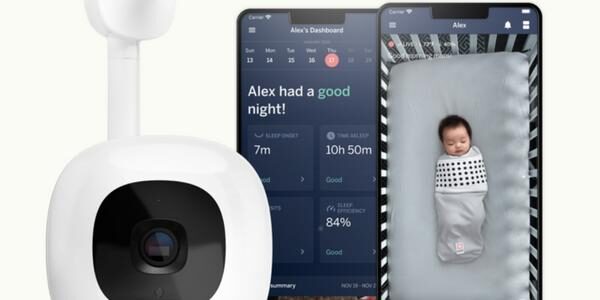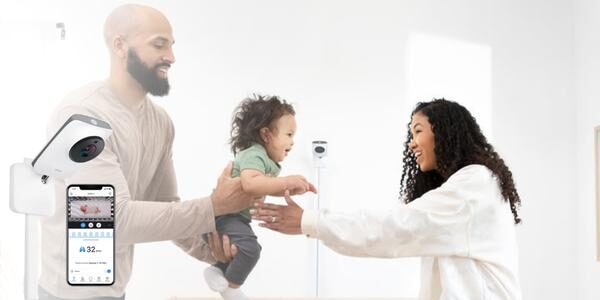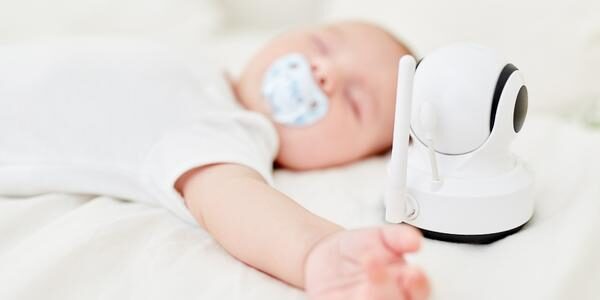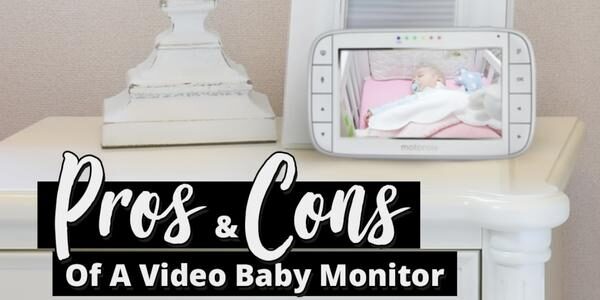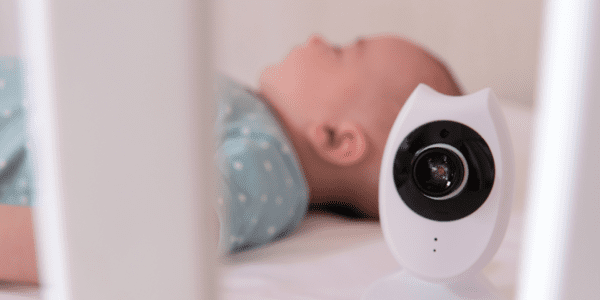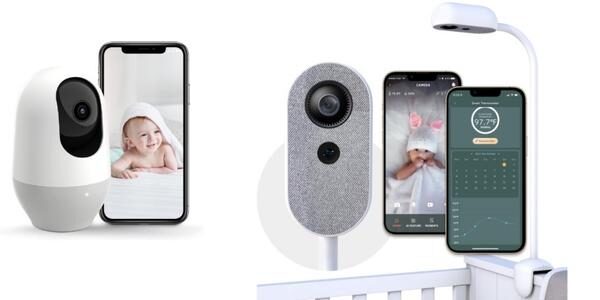As I was getting ready to become a first-time mom, I knew that I would be concerned with my baby’s sleep. What I didn’t realize is that I would become absolutely obsessed with knowing how much sleep our little bundle of joy was getting, the quality of that sleep, and how the tweaks we were […]
Miku Pro Smart Baby Monitor – Track Your Baby’s Health
The Miku Pro Smart Baby Monitor offers advanced monitoring features, such as tracking breathing and room temperature, and provides real-time data through a secure app. It also boasts excellent sound and picture quality and sleep analytics. Installation is quick and easy, and the wall-mounted design makes it a great investment for parents seeking a high-quality […]
The 5 Best Breathing Monitors of 2023
Worrying About your Baby during Naptime? A baby breathing monitor might be the best solution. It can track baby’s movements will give you peace of mind when they sleep. Keep a check on your baby’s breathing pattern with the best baby breathing monitors. Read on to learn about these monitors and explore the available options. […]
The Pros and Cons of Baby Monitors
Welcoming a new baby into your family is an exciting time, and as a new parent, you may find yourself wondering about the different tools and equipment you may need to ensure your little one is safe and sound. Baby monitors are considered an essential tool for most parents of little ones. With its convenience […]
The 8 Best Baby Monitors for 2023
Stay connected with your little one and sleep soundly with our top picks for the best baby monitors. From audio to video options, find the perfect monitor for your needs and give yourself peace of mind. Choose the perfect baby monitor to fit your needs and give yourself peace of mind. From easy-to-use monitors to […]
Best Baby Monitors That Work With iPhones
As new parents, do you experience anxiety when your baby sleeps in the adjacent room? You can alleviate your worries by using a Wi-Fi baby monitor to keep tabs on your child’s movements while you’re away. This technological device allows you to monitor your baby’s activities from a remote location and receive notifications when there […]
